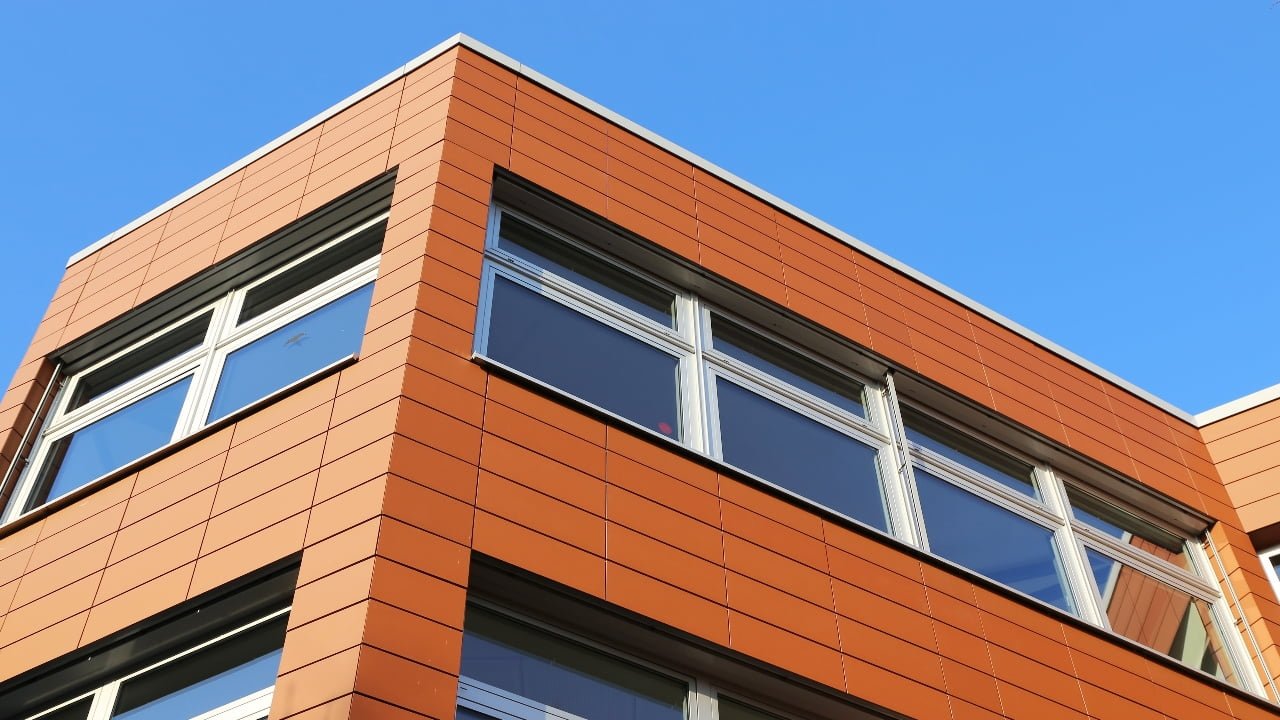On 18 July 2019, the Ministry of Housing, Communities and Local Government (“MHCLG”) issued Advice Note 22 concerning the fire safety of external wall systems that incorporate High Pressure Laminate Panels (“HPL”) on residential buildings of 18m or more.
This follows the MHCLG’s advice on fire safety of external wall systems on buildings of 18m or more that incorporate Aluminium Composite Material (“ACM”) cladding and those that do not. In this publication, we discuss the new advice note and consider the steps building owners should take.
Fire safety of HPL
The MHCLG does not consider that HPL panels pose as great a risk as category 3 ACM panels and, therefore, confirms that the remediation of high-rise buildings that incorporate category 3 ACM panels remains the priority for building owners. However, the MHCLG, supported by the Expert Panel, considers that the risk posed by external wall systems that incorporate HPL is high and remediation of unsafe systems “should be carried out as soon as possible”.
The MHCLG has commissioned a large scale BS 8414 test of an external wall system that incorporates a B classification HPL panel with stone wool (non-combustible) insulation. The system passed the test, achieving the performance criteria in BR 135. As such, systems incorporating a B classification HPL panel in combination with stone wool insulation should not present a fire safety risk, provided the external wall system is properly constructed, including the proper installation of cavity barriers and all other aspects of the build-up.
However, the MHCLG advises that external wall systems with a B classification HPL panel combined with a combustible insulation (for example, a phenolic insulant) are unlikely to adequately resist the spread of fire. Further, the Expert Panel is of the view that external wall systems that incorporate a C or D classification HPL panel will not adequately resist the spread of fire, irrespective of the fire classification of the insulation.
Next steps and an obligation to remediate
The advice provided in respect of HPL refers to MHCLG’s advice in relation to external wall systems in buildings above 18m.
The advice note states that building owners should ascertain the fire performance of the HPL panels that are incorporated in external wall systems – we consider that this should be read to include ascertaining the fire performance of the insulation.
The next steps to take are consequential on the combination of products incorporated in the external wall system, and refer to and apply the advice set out by Advice Note 14.
If systems incorporate a B classification HPL panel and a non-combustible insulation (stone or mineral wool) then the requirement is to ensure that the system has been installed and maintained appropriately. If not, inappropriate installation will need to be rectified.
If systems incorporate a B classification HPL panel and a combustible insulation, or if they incorporate a C classification HPL panel or worse, then the first requirement is to confirm whether the system was subject to a successful BS 8414 test. If it was, it is still necessary to ensure that the system was installed in accordance with that test and that the system has been maintained appropriately. If the system was not subject to a successful BS 8414 test, building owners should seek immediate professional advice. Given the MHCLG and the Expert Panel’s view, this is likely to result in advice to remove and replace the external wall system with products of limited combustibility.
Conclusion
The MHCLG’s advice on HPL panels has been expected as the construction industry is aware that HPL panels present a fire safety risk in high-rise buildings. As such, this advice note formally records what those involved in advising on fire safety of high-rise buildings have been advising their clients for some time.
Of concern for building owners is that, unlike the remediation of buildings that incorporate ACM panels, there is currently no government fund in place to assist with the costs of remediating high-rise buildings with unsafe external wall systems that incorporate HPL panels.
As with previous MHCLG advice, this advice note has serious ramifications for tall building owners, particularly given that the costs of remediating unsafe systems will be substantial. Tall building owners may wish to consider whether they are able to recover any of these costs from those responsible for the specification and installation of the external wall system.
If you require further advice on the implications of the advice note, please contact Mark London, Matthew Cocklin or Conor Rodgers.

